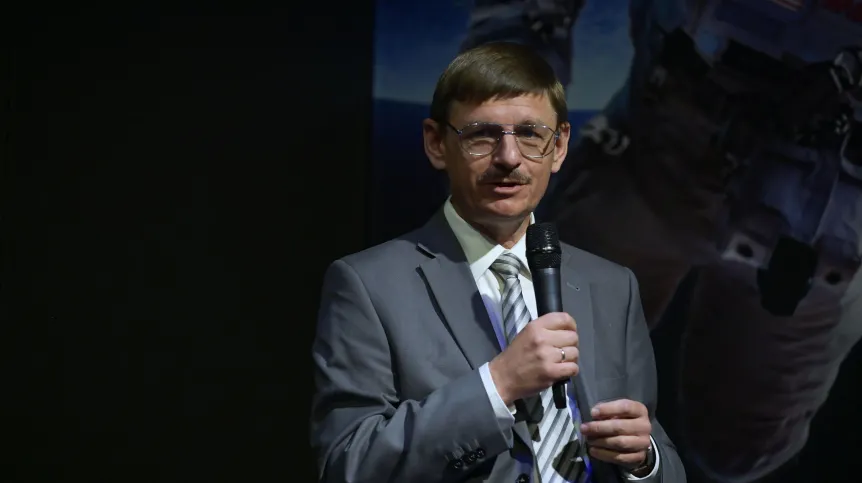
Over the 10 years of Poland's membership in the European Space Agency (ESA) we have developed a new branch of the economy, the President of the Polish Space Agency POLSA, Professor Grzegorz Wrochna told PAP. Poland became a member of ESA on November 19, 2012.
Wrochna said: “We have been participating in space exploration for 50 years, but only after Poland's accession to ESA we can talk about the emergence of the Polish space sector and its dynamic development. We already have over 30 strictly space companies, over 150 companies that have won ESA bids, and almost 400 companies take part in bids. Most of them are small and medium-sized companies, but some are top players that get contracts directly from ESA, not as subcontractors.”
He added that what ESA would be ready to order from Polish companies in the coming years exceed several times the Polish contribution to the Agency, which in previous years amounted to approx. EUR 40 million per year. “Even if we increased our contribution several times, it would still be consumed by Polish companies,” he said.
He continued that during its 10 years of membership in the ESA, Poland has developed over 100 technologies that are or will be implemented, and next year four Polish companies and one university plan to send their own, fully independently built satellites into orbit, which will join the11 Polish objects that currently orbit the Earth. He explained that for the time being these were research satellites used for Earth observation or testing technologies. But if these missions are successful, we will be able to talk about using these technologies for our economy and selling them abroad.
According to Wrochna Polish companies have great achievements in the area of Earth imaging data processing software, but many Polish specialties also concern the construction of space mission components, such as measuring and research instruments, robotic parts and advanced materials.
He said: “For example, the Silesian Science and Technology Centre makes structural elements for the construction of satellites and supplies them to the largest satellite manufacturers in the world. The sales value of these elements already reaches millions of zlotys. This is a perfect example that Polish companies are mature enough to build subsystems, systems or even entire satellites.”
During the ESA Council at Ministerial level (CM22 in Paris, France, on 22 and 23 November 2022, the ministers of the Member States will pledge contributions to the ESA programs of their choice for 2023-2025. This money will return to the countries concerned in the form of contracts for companies.
As part of the preparations for these decisions, Poland was presented with proposals to participate in several programs with a chance of building entire satellites. Professor Wrochna said: “In other programs, we received offers for such key elements as valves for rocket engines, which would then be used in all ESA launch vehicles. Such a contract guarantees revenues for many years, not only from ESA but also on a fully commercial basis. Our companies sell technologies and products developed in ESA projects not only in Europe, but also in Arab countries, South America and even Australia.”
On November 23, the European Space Agency will announce the results of recruitment for the new astronaut corps. Out of 23,000 candidates, including over 500 people from Poland, 4-6 permanent astronauts plus reserve astronauts will be selected. Wrochna said: “Whether there will be a Polish astronaut among them - we do not know. The results are kept secret until the last moment. It is definitely a big event, it takes place more or less once every 10 years.”
He added that European astronauts would primarily fly to the International Space Station, but some, together with the Americans, may fly to the Moon as part of the Artemis program.
PAP - Science in Poland
wkr/ mmu/ kap/
tr. RL













